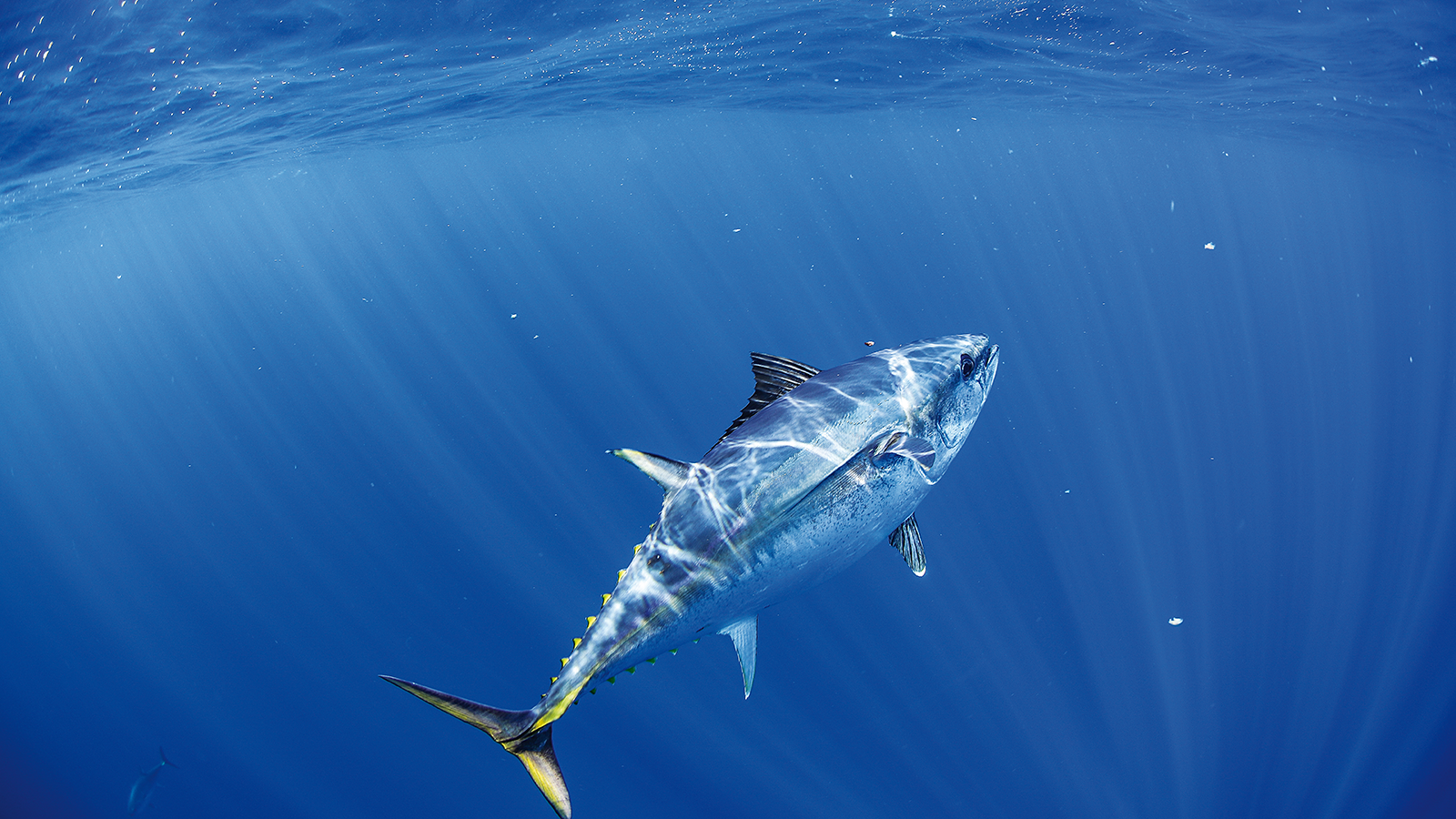This project addresses aspects of Priority 8 of the Environment Program as outlined in the FRDC’s 2015 Competitive Round Call for Expressions of Interest. Specifically, the project will measure the improvement in bycatch reduction that has occurred in the Queensland East Coast Otter Trawl Fishery and how these reductions have been achieved. Effort has decreased over time and BRDs and TEDs were mandated in the QECOTF in the early 2000’s. These and other management changes have likely led to significant decreases in the amount of bycatch generated by the QECOTF. There is a need, therefore, to quantify this decrease and extend the results to stakeholders. Further, through these results, the trawl industry is better able to demonstrate that its impact on bycatch species has significantly decreased over time, with resultant positive outcomes regarding the ecological impact of the fishery. These results will contribute directly to the assessment of the fishery for the Great Barrier Reef Outlook Report process and World Trade Organisation’s (WTO) approval process.
Despite improvements in bycatch management, the sustainability of trawl bycatch species remains a significant issue for some stakeholders and the community. For example, sharks and rays exhibit low fecundity and, due to their biology, are susceptible to capture by trawls, resulting in concerns regarding their sustainability - the impact of trawling on high risk species including skates and rays was recently highlighted by an Ecological Risk Assessment conducted by the Great Barrier Reef Marine Park Authority. Goals of fisheries management include maintaining ecosystem structure, conserving biodiversity and supporting sustainable fisheries. This applies to both target and bycatch species. To achieve the key management goals for bycatch, it is essential to estimate the fishing-induced mortality of bycatch species, particularly those identified as being at significant risk, and ensure this impact is within the species’ intrinsic capability to withstand. This project will contribute to the sustainability for bycatch species with particular focus on potentially high risk species identified in previous research.








